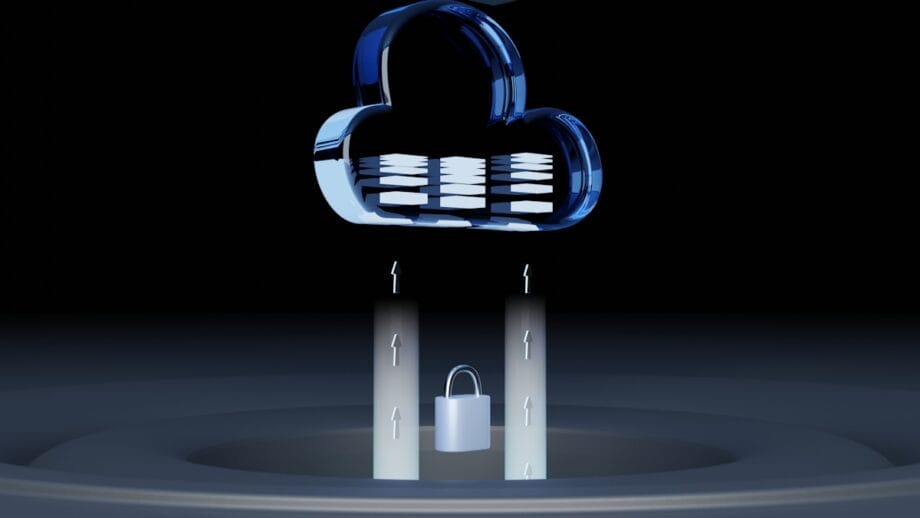Cloud Account Takeover Attacks: A Growing Concern
Cloud account takeover incidents have escalated into a perilous threat landscape, as nefarious actors, including both cybercriminals and state-sponsored entities, increasingly employ OAuth applications to secure enduring access within compromised digital environments.
These antagonists are manipulating the intrinsic trust frameworks of cloud authentication systems, specifically zeroing in on Microsoft Entra ID environments. They seize user accounts to conduct meticulous reconnaissance, exfiltrate sensitive information, and orchestrate follow-on attacks with alarming precision.
The ramifications of this novel attack method are particularly grave. Once adversaries establish a foothold within a cloud account, they can create and authorize internal second-party applications endowed with custom-defined scopes and permissions, enabling ongoing access to vital organizational assets.
This persistent connectivity encompasses critical resources such as mailboxes, SharePoint documents, OneDrive files, Teams communications, and calendar events.
Conventional security protocols, including password resets and the enforcement of multifactor authentication, yield minimal efficacy against these threats, as the malicious OAuth applications retain their sanctioned access, unaffected by alterations in user credentials.
Analysts from Proofpoint have uncovered this evolving peril through comprehensive research and an analysis of real-world incidents, thereby devising an automated toolkit to illustrate how adversaries establish resilient backdoors in cloud settings.
Their examination disclosed that attackers often gain initial access through reverse proxy toolkits paired with tailored phishing schemes that facilitate the theft of both credentials and session cookies.
Subsequently, attackers exploit the privileges of the compromised account to register new internal applications masquerading as legitimate business resources within the organizational tenant.
This persistence mechanism operates through a meticulously orchestrated process wherein attackers create second-party applications that inherit a presumption of trust within the compromised environment.
Such internal applications prove significantly more elusive than their third-party counterparts, as they circumvent security measures primarily intended for external application surveillance.
These malicious applications can persist undetected within the environment indefinitely unless identified through proactive security audits, thus presenting a considerable opportunity for data exfiltration and reconnaissance activities.
Automated OAuth Persistence: A Technical Overview
The technical ingenuity of these assaults becomes patently apparent through the automated registration and configuration processes of OAuth applications.
Adversaries deploy sophisticated tools that facilitate post-exploitation activities, registering applications with preset permission scopes aligned with their insidious objectives.
A pivotal aspect encompasses designating the compromised user account as the registered owner of the newly minted application, thereby masquerading it as a legitimate internal resource inheriting trust relationships associated with internal systems.

During the automated deployment phase, attackers generate cryptographic client secrets that function as the application’s authentication credentials, typically configured for extended validity periods of up to two years.
This automation gathers a variety of OAuth token types, including access tokens, refresh tokens, and ID tokens, each serving unique roles in sustaining persistent access.
Proofpoint researchers cataloged a real-world incident wherein attackers, operating through US-based VPN proxies, created an internal application named ‘test’ endowed with Mail. Read and offline_access permissions, successfully maintaining access for four days post the victim’s password alteration.
Source link: Cybersecuritynews.com.






